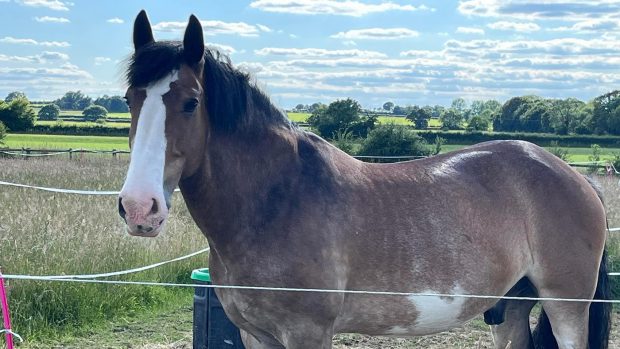I grew up helping at stables where to bring ponies in for the day we would go out and jump on one bareback in a headcollar and ride it through a few fields to the gate, the rest in pursuit, often at speed.
In holidays, we spent lunchtimes sitting in precarious “rooms” fashioned out of hay bales, as high up in the barn as we could build them. We delivered hay to grazing horses with four of us piled onto a quad bike going a tad too fast.
What a way to grow up. We developed balance, confidence, a love of all things equine and a decent immune system.
Our children won’t be able to enjoy this freedom without the luxury of a yard at home. Health and safety — combined with an increasing culture of litigation — has put a stop to that. And given the stories we hear daily, most recently a woman’s death in a clipping accident, it’s hard to argue that greater care is a bad thing.
But what does it mean for our sport that instructors and coaches are fearful even of training pupils without stirrups — long gone are the days of gridwork in nothing but a neck strap. Had our Olympians of today not perfected their balance in the saddle without bombing around without one, would Britain be quite as well medalled as she is? What a challenge for the coaches of today, unable to justify training in a way that undeniably increases risk, to find new ways of educating riders.
In our feature (Horse & Hound magazine, Thursday 29 January, 2015), those tasked with precisely this explain just how they are working within the limitations.
Ref: Horse & Hound magazine, Thursday 29 January, 2015




